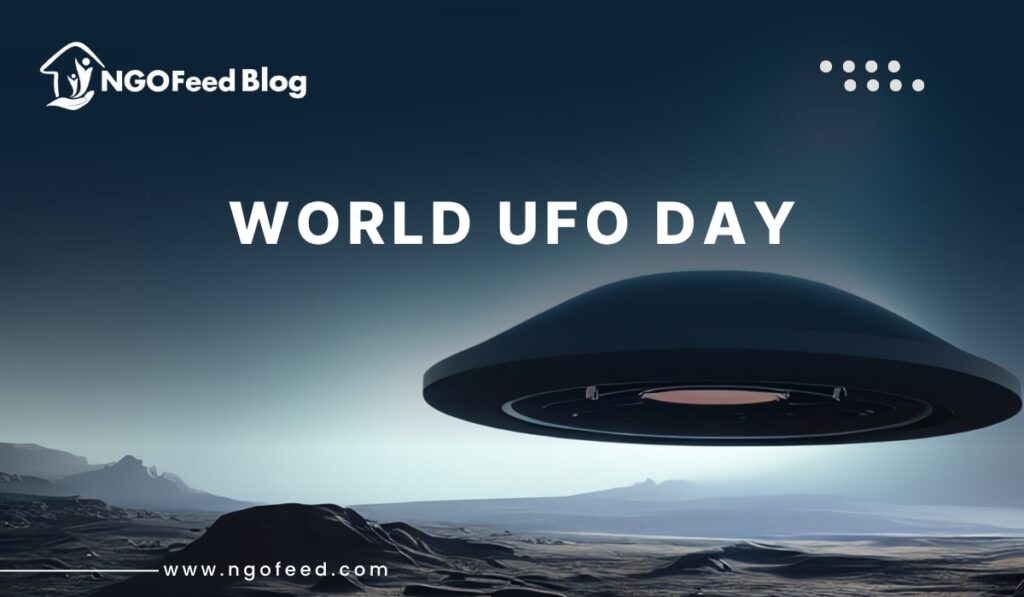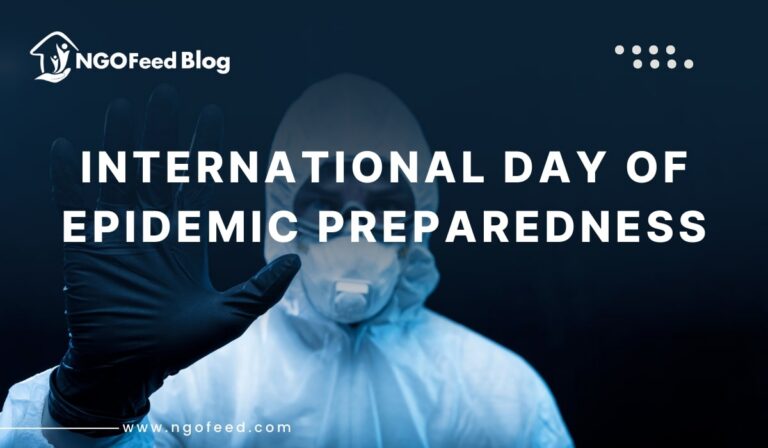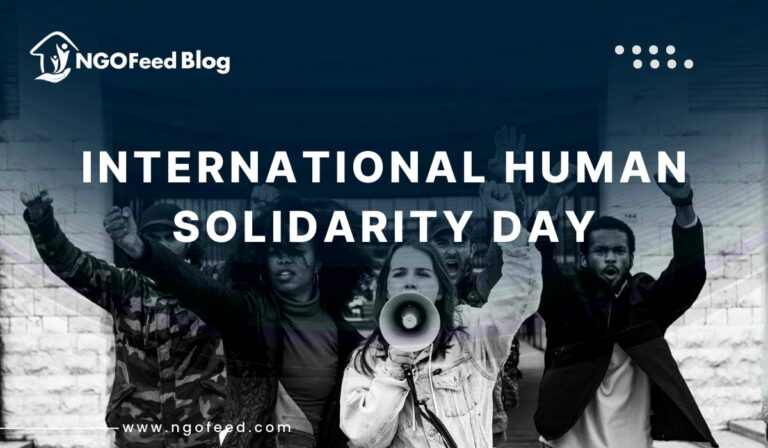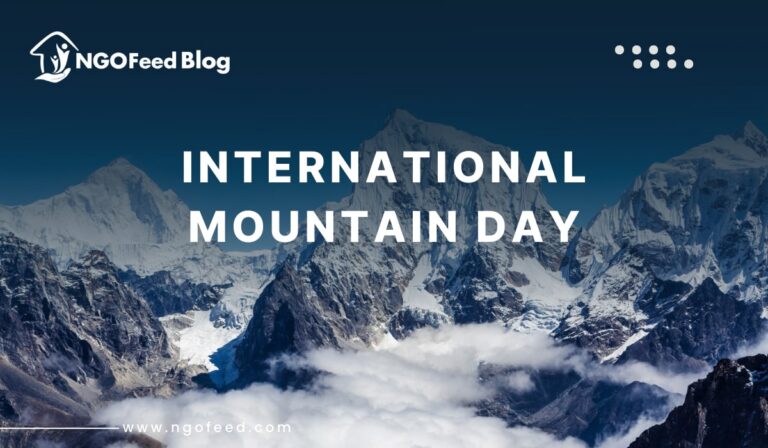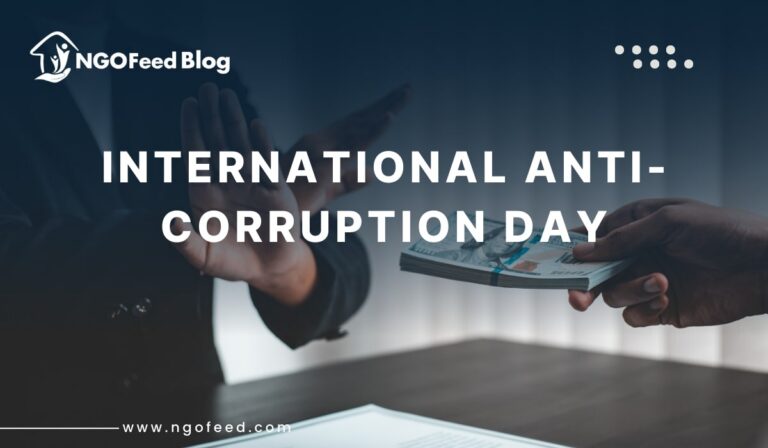On July 2 every year, the world marks World UFO Day, a day set aside to express interest in the possibility that we are not the only creatures in the universe. Observed on the anniversary of the purported 1947 UFO crash at Roswell, New Mexico, World UFO Day has grown as a peripheral commemoration to a worldwide discussion of space, science, and the mysterious unknown and open curiosity.
Although UFO initially meant Unidentified Flying Object, it is now commonly used with a broad meaning of aerial objects which cannot be explained in sheer first order. As the world has expressed an interest recently through government revelations, declassified military video evidence and even scientific exploration into Unidentified Anomalous Phenomena (UAPs), the concept of UFOs can no longer be regarded solely as a science fiction element. It has been a legitimate investigation that mixes astronomy, technology, space science and human interest.
However, World UFO Day is not really about aliens and sightings, rather it is about going out, peer up and investigate and remain curious. It is a fiesta of human curiosity, of advancing the fringe of what is known and of achieving more openness in scientific and State research.
Notably, the day is also an opportunity used by the educators, NGOs, as well as space outreach organisations, to promote scientific literacy. It encourages young people and the general population to look into bigger aspects such as space exploration, the history of aviation and the importance of observation in scientific procedures.
We live in a time of misinformation and cynicism, when we should never underestimate the power of imagination supported by questions and curiosity: what could be more important than to answer these questions, when sometimes the discovery of something great starts with the simple question, what if?
Table of Contents
The Origins of World UFO Day: Why July 2 Matters
The World UFO Day, which falls on July 2 each year, stands out as a special occasion because it is a combination of history, curiosity and science. This was celebrated on the date because of the event of the Roswell Incident that occurred in 1947 at the ranch in Roswell, New Mexico. The phenomenon was originally derided as a weather balloon, but subsequently turned into notoriety when it became the subject of conspiracy theories and UFO investigators who believed that it was a government conspiracy to suppress the crash of a UFO. Although the facts are still controversial, Roswell stirred up interest in Unidentified Flying Objects (UFOs) around the whole world, nowadays called Unidentified Aerial Phenomena (UAPs).
The celebration of World UFO Day started as a kind of grassroots initiative by space enthusiasts, researchers, and citizens demanding more openness in the investigation of aerial phenomena. As time went on, the event was transformed into a global crusade to promote awareness by the masses, scientific debate and an understanding of the unknown.
World UFO Day is a good opportunity for non-governmental organisations (NGOs) that especially work on science education and youth development, or that engage with the general population. It is not a matter of advocating false theories; this is about tapping into the well-known fascination of UFOs to initiate inquisitiveness about science, reasoning and debate. Arranging sky-watching evenings, workshops, or even debunking myths-related lessons, NGOs will be able to make the general population, and the youth, in particular, leave the world of fiction behind and start visiting the world of knowledge.
After all, July 2 is not merely an homage of sorts to a forgotten era. It is the opportunity to encourage the vision of tomorrow, when learning, discovery, and creativity will unite, and the non-governmental organisations are in the best position to ensure that the future will be available to everyone.
From Fringe to Mainstream: UFOs and Public Perception
For decades, the UFO was tied to conspiracy theories, alien abductions, and sci-fi fantasy. Conspiracy theories about unidentified flying objects remained a part of pop culture and fringe population groups, mainly. However, over the last few years, the issue has moved out of the pages of tabloids and into serious scientific and governmental investigation, and in the manner in which society as well as institutions confront the phenomenon.
This transition was reflected more clearly in the 2020s when the large departments of defence, such as the U.S. Department of Defence, published declassified videos of Unidentified Aerial Phenomena (UAPs), which are objects detected using military radar with abilities to fly better than current technology can provide. The reaction was not lost to the world: mainstream media started treating these developments with the seriousness they deserved, scientific journals were demanding open research on the subject, and the government was setting up task forces to research.
The fall of the stigma against UFOs has also seen the maturity of the minds of the people. UAPs are no longer used as a means in alien speculation but rather for transparency, safety, and scientific reasoning of the occurrences in the skies. Citizens would like to know what is flying above them, and they have a good reason to do that.
To NGOs, the shift presents a good opportunity. Science communication organisations, public policy-making bodies, or even youth educational organisations, can now leverage the new legitimacy of the UFO conversation in order to engage in fact-based discussion. By informing people about the topic, using the authoritative sources and engaging activities, NGOs can assist the population in distinguishing informed interest and untruths.
With this new and dynamic story, civil society can turn World UFO Day into a proactive vehicle, filled with questioning, participation, and awe based on both scientific curiosity and community confidence.
Scientific Perspectives: What Are Unidentified Aerial Phenomena (UAPs)?
However, in recent years, the scientific and defence sector has changed its terminology of UFO (Unidentified Flying Object) to the more specific term UAP ( Unidentified Aerial Phenomena). This development seems to represent a more neutral and evidence-based attitude to unexplained sightings in the atmosphere of the Earth. Instead of assuming that they are of outer space origin, UAP can simply mean any object or event in the air that cannot be identified or explained in real-time, using conventional means (such as weather events, drones, or high-tech events).
The onset of verifiable footage of UAPs released by such agencies as NASA and the U.S. Department of Defence put UAPs in serious scientific and governmental consideration. These items featured some strange behaviour, including extreme acceleration, difficulty being seen flying, or hovering in the air, prompting scientists to demand scrutiny.
Although a majority of the UAPs can be explained logically, some cannot even after analytical studies. To investigate these phenomena, scientists propose the collection of additional data, improvements in tracking systems, the inclusion of a multidisciplinary study of these phenomena using aerospace engineering to obtain more data, and meteorology, physics, and AI.
The study of UAPs provides a strong opportunity to open up NGOs interested in science education, space exploration, or the interests of people. It will allow the communities to stop speculating and move on to becoming part of the scientific process of questioning, gathering evidence, and making conclusions based on reason. Doing that through schools, observatories, and research centres, NGOs can ensure that the subject of UAPs becomes something interesting, accessible, and scientifically sound.
In a world where misinformation and pseudoscience are becoming more commonplace, realigning the dialogue about the UFO in a scientific light means that the interest will be driven by the sense of inquiry and not assumption.
The Role of Media and Pop Culture in UFO Awareness
Pop culture in the media has been on the frontline to influence UFO perceptions among the population. Whether it was the classic sci-fi movies such as Close Encounters of the Third Kind, the contemporary television shows or the viral social media content, the pop culture has turned the concept of unidentified flying objects from niche conspiracy theories into a mainstream one. These cultural products are very intriguing and stimulating to the imagination, and viewers are tempted to think that another life is possible outside our planet.
The media, in particular, documentaries and news media, have served to increase the hype further as they write about previously classified military footage and even official inquiries into Unidentified Aerial Phenomena (UAPs). The high-profile media coverage promotes not only the legitimisation of the subject, but also initiates the dialogue between governmental agencies, scientists and the population in the context of transparency, the necessity of further investigation.
Media representations may, however, be a two-edged sword. Although they are wonderful and discussible, they also awaken the public by sensational reports, or by providing unconfirmed data, and this often causes a stir. Here, the role of science communicators and NGOs is taken. Taking part in the debate, these organisations are sure to fill the vacuum between the spectacular headlines and the evidence-based scientific data.
It is only NGOs that deal with science education and engagement of people in science that can contribute to critical thinking. They will be in a position to create forums, public lectures and online campaigns that will dispel myths and provide clear explanations supported by research. Through cooperation with educators, researchers, and media professionals, NGOs seek to develop a more knowledgeable community with a better understanding of the difference between curiosity about what cannot be known and adherence to truth.
Finally, media, pop culture, and levels of awareness should also be involved in this debate: media makes the conversation surrounding UFOs vibrant and changing, and NGOs ensure the process of life never stops as long as underground communities are being fed with new information on the topic.
How NGOs and Educators Can Promote Scientific Curiosity on UFO Day
World UFO Day serves as a special chance to have all these NGOs and teachers encourage people pursuing the unknown to make it a potent resource in the field of scientific knowledge and consciousness. Whereas UAPs or UFOs are likely to gain attention (in a sensationalist way, or by being the core of a science fiction story), NGOs may realign this interest as a gateway towards discussions of astronomy, aerospace science, atmospheric phenomena and the scientific method.
World UFO Day can provide a focus point that can be used by organisations which operate in the STEM education, public outreach, youth development and science literacy sectors to affect the audience with facts and interactivity. Space observation workshops, Sky watching
parties, myth-busting sessions, or a talk by a local scientist or an aviator can arouse further questions. NGOs can help develop a culture of questioning rather than presumption by teaching people to question the issue, wondering what other factors could have caused or contributed to a particular problem, instead of letting their minds do the work.
Education-oriented nonprofits and schools can also organise jointly to introduce themes of space exploration, the importance of evidence-based critical thinking, and media literacy into their programmes in honour of World UFO Day. In rural and under-resourced localities, the mobiles or the community documentaries screening can carry space science to the locals and allow learning to be exploratory, inclusive, and something people care about.
Notably, NGOs are also capable of mediating between the fields of science and the general population, including endorsement of credible sources as well as disincentivising misinformation. They allow a community, but particularly the youth, to be interested, attentive and knowledgeable because of the emphasis on questions rather than answers.
What World UFO Day is all about, in other words, is not necessarily what there might be out there but about kindling wonder within these, our own, actual, metaphorical palms. And in this endeavour, the NGOs and educators are important navigators-shaping curiosity into the realm of exploration, discourse and science.

